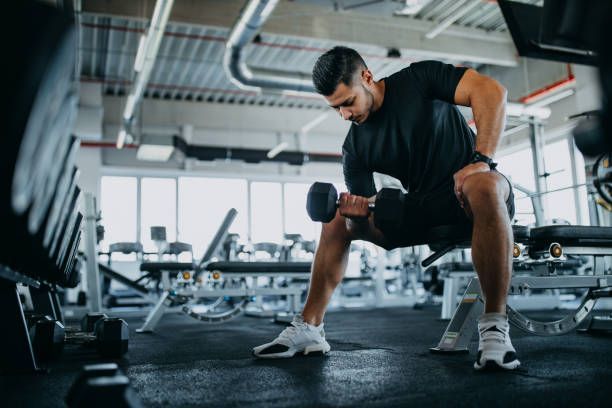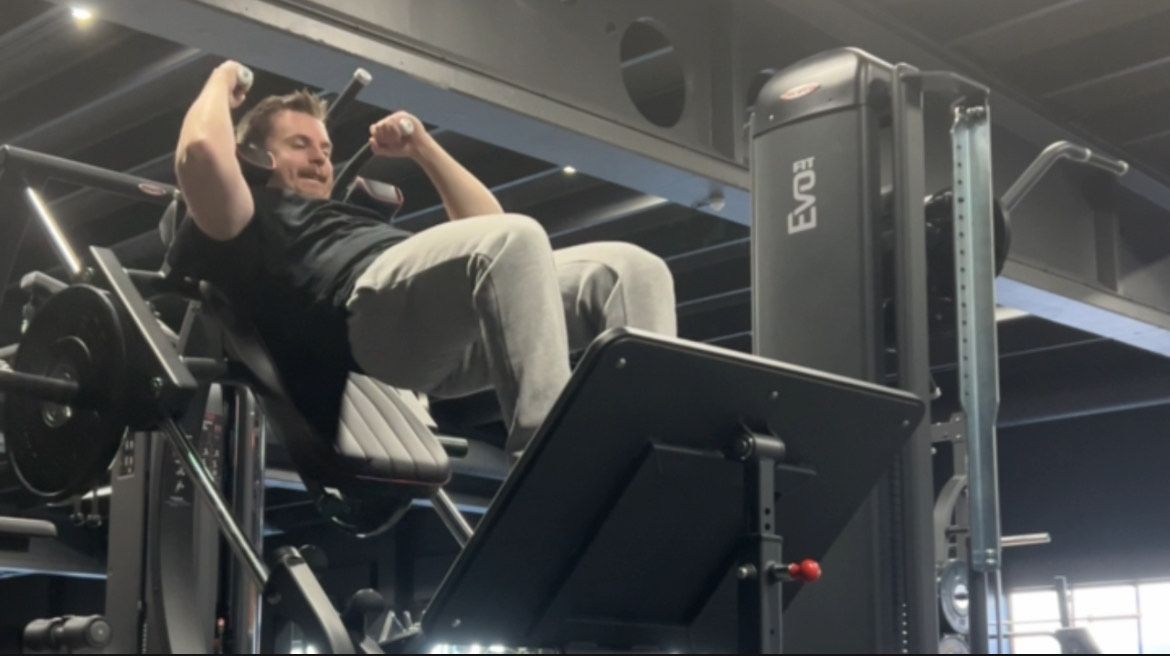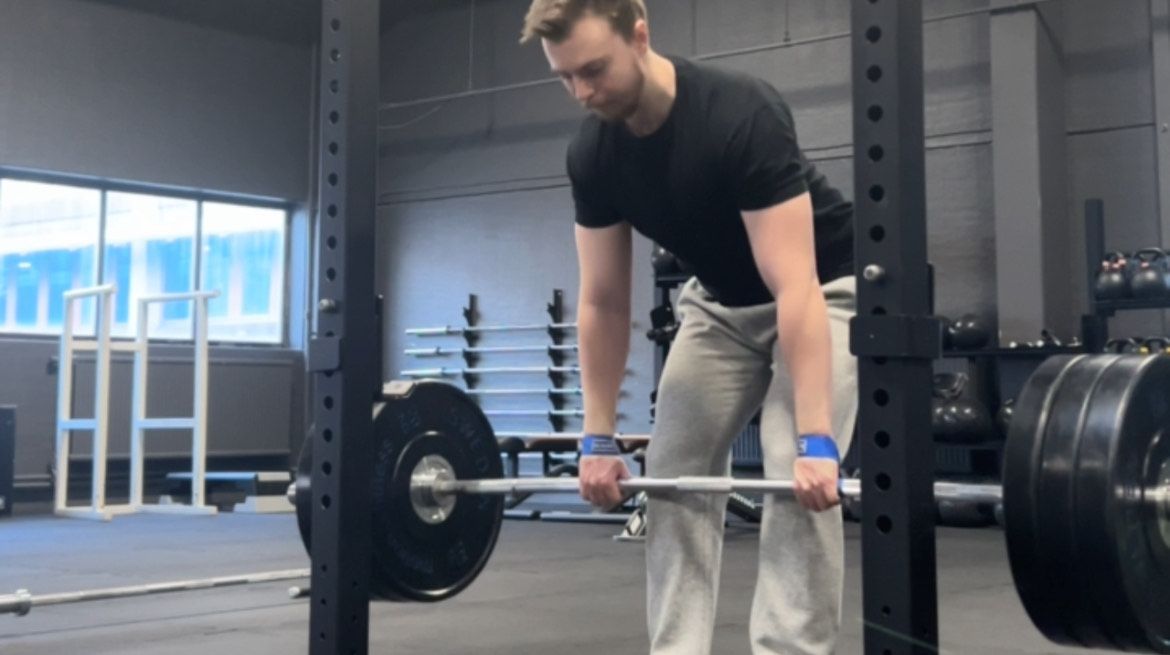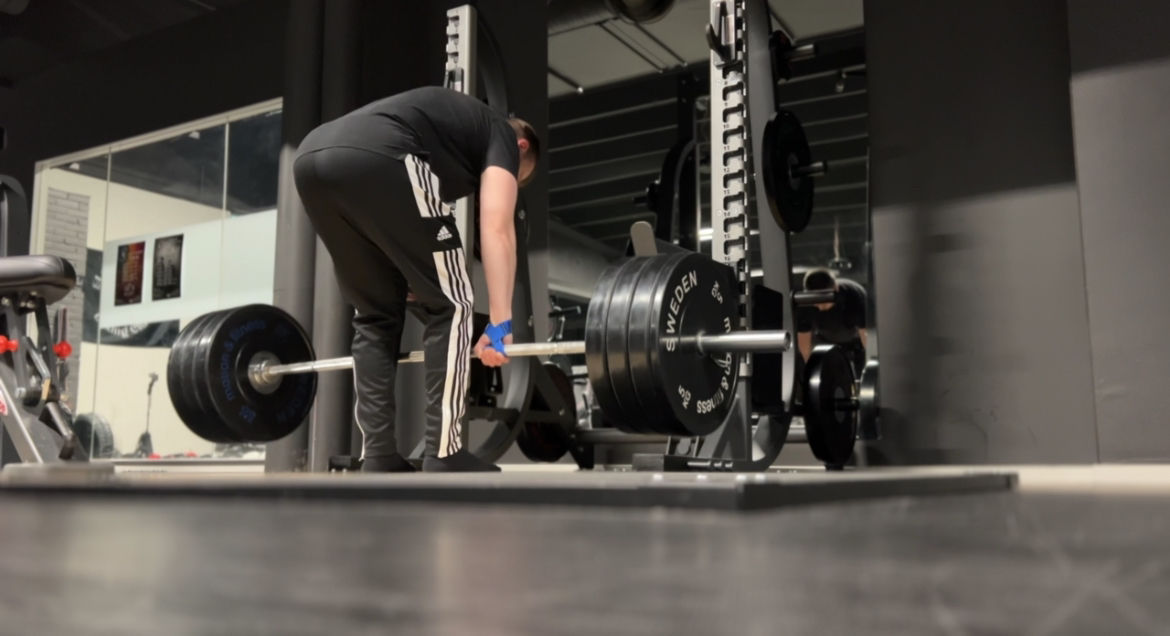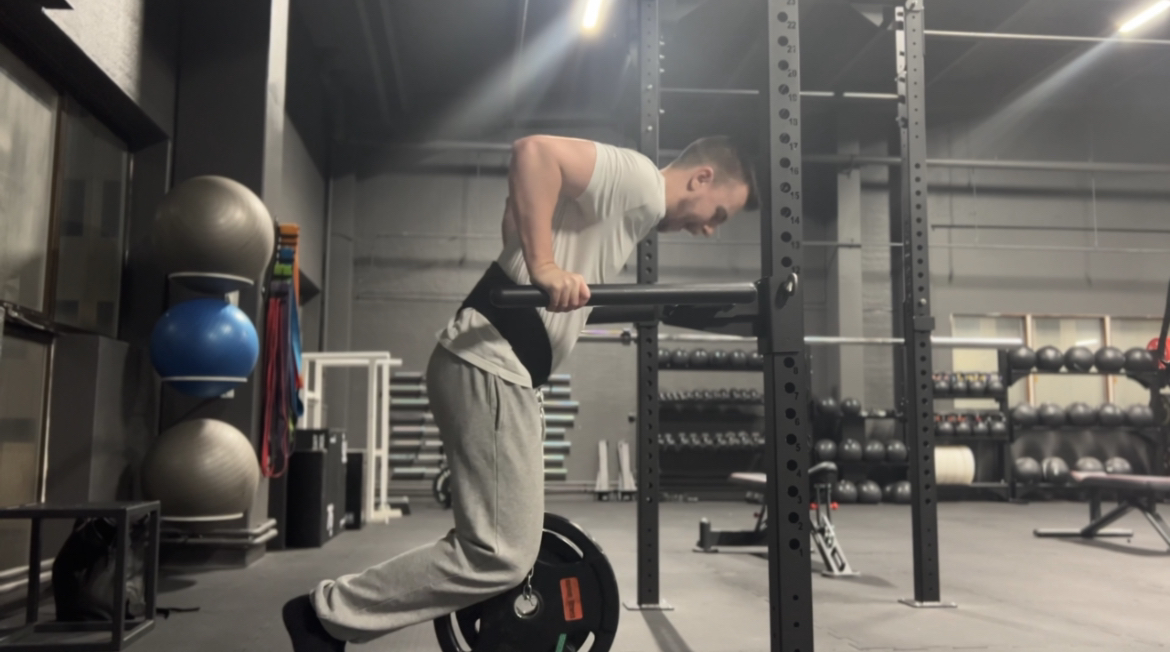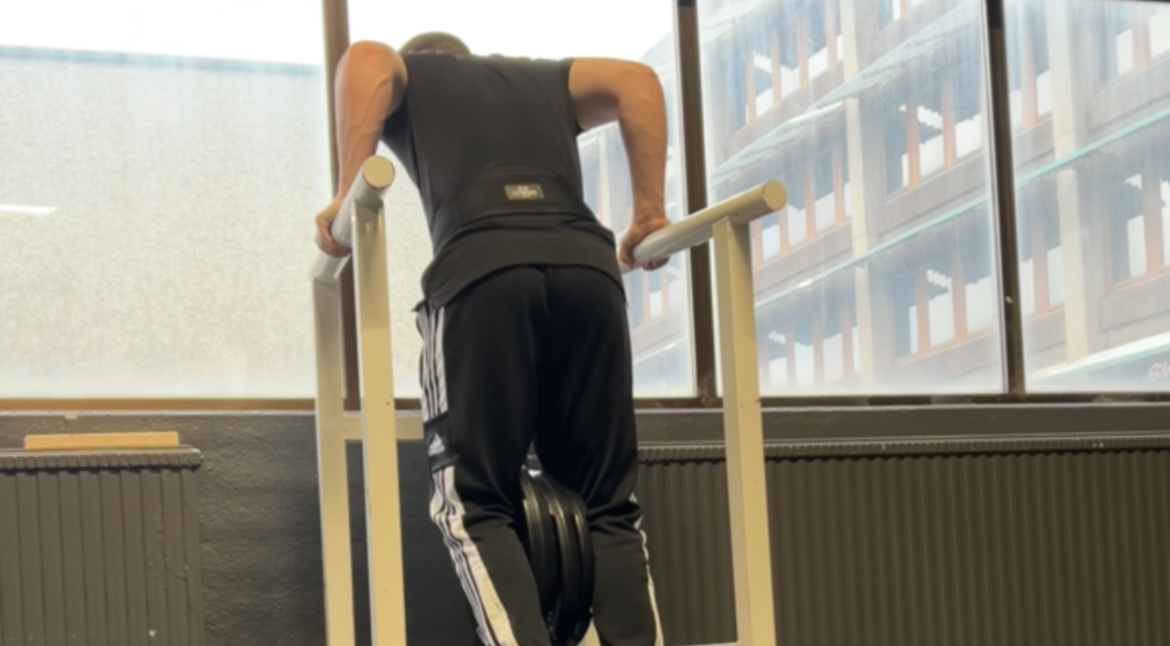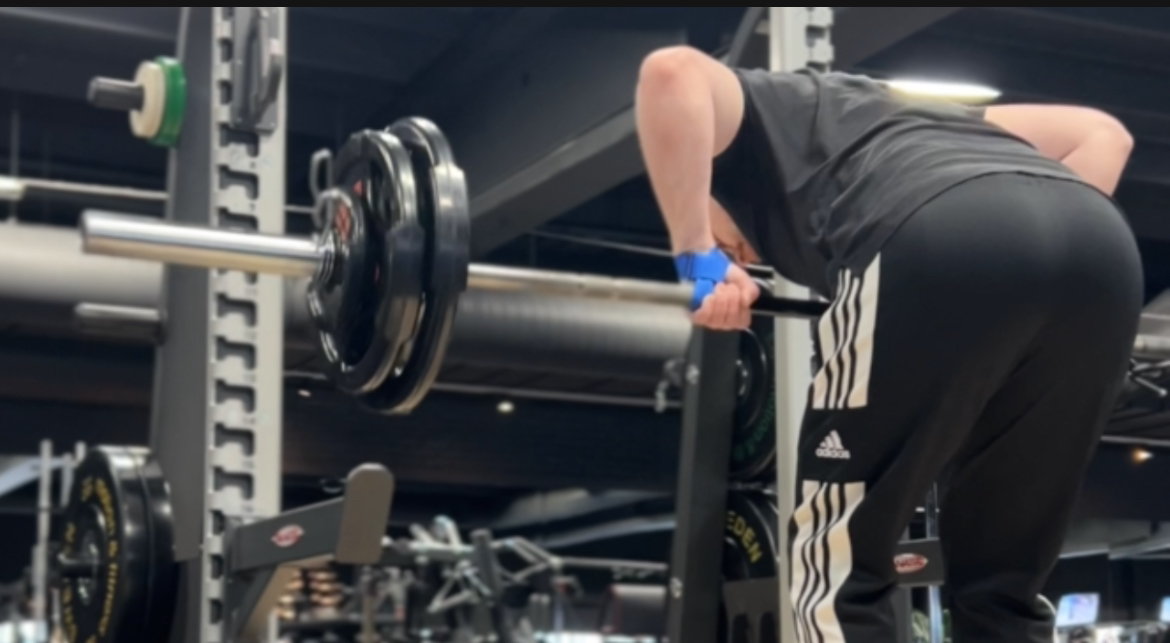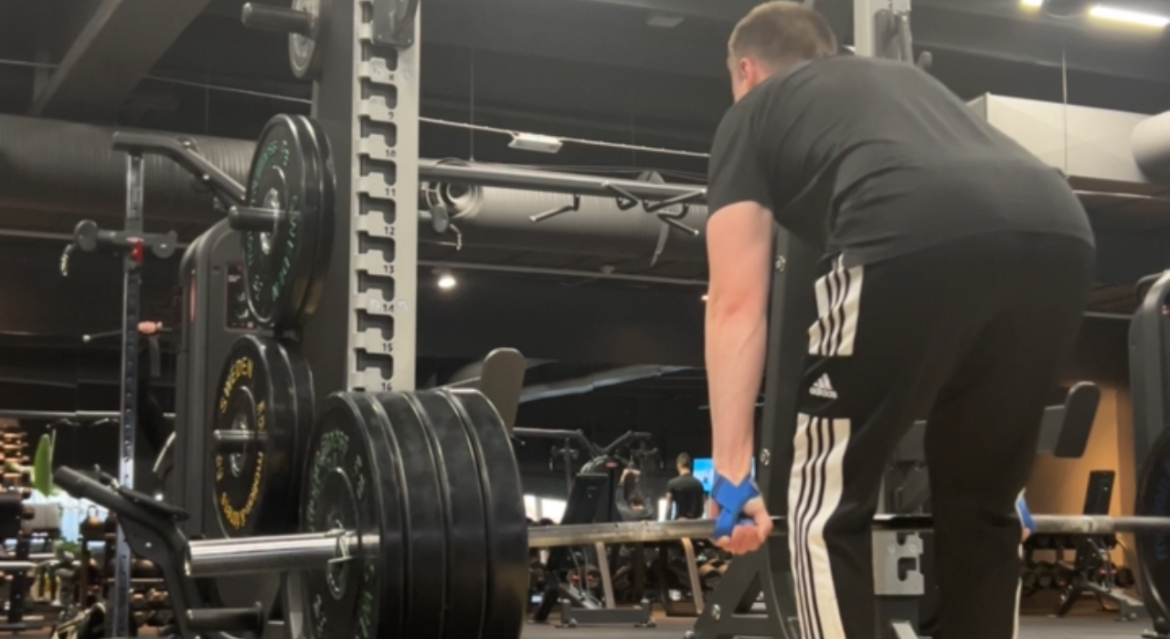The upper lower split
One of the best ways to train
The upper-lower split workout routine is a popular and effective training regimen used by fitness enthusiasts and bodybuilders alike. It divides the workout sessions into upper body and lower body days, allowing for a balanced approach to muscle development and recovery. Here's a comprehensive look at the upper-lower split and why it might be the perfect fit for your fitness goals.
What is an Upper-Lower Split?
An upper-lower split workout routine is a training program that alternates between upper body and lower body exercises on different days. Typically, it involves four workout sessions per week, with two days dedicated to the upper body and two days to the lower body. This split allows for adequate recovery time while ensuring that each muscle group is worked sufficiently.
Benefits of an Upper-Lower Split
- Balanced Muscle Development
- The upper-lower split ensures that both the upper and lower body muscles receive equal attention. This balanced approach helps prevent muscle imbalances, which can lead to improved overall aesthetics and reduced risk of injury.
- Enhanced Recovery
- By alternating between upper and lower body workouts, each muscle group gets more time to recover before being trained again. This can lead to better muscle growth and reduced risk of overtraining, especially compared to full-body workouts where muscles might not get sufficient recovery time.
- Flexibility
- The upper-lower split is highly flexible and can be adjusted to fit various schedules and goals. Whether you’re aiming for muscle hypertrophy, strength gains, or general fitness, you can modify the exercises, sets, and reps to suit your needs.
- Increased Workout Frequency
- Working each muscle group twice a week can be more effective for muscle growth compared to once a week, as it increases the frequency of stimulus while allowing for proper recovery. This is particularly beneficial for those looking to make consistent progress.
- Focus and Intensity
- By dedicating entire sessions to either the upper or lower body, you can focus more intensely on each muscle group. This concentrated effort often leads to better form, increased strength, and greater muscle activation.
Example Upper-Lower Split Routine
Here's a sample upper-lower split routine that targets all major muscle groups. Adjust weights, sets, and reps according to your fitness level and goals.
Day 1: Upper Body
- Bench Press: 4 sets of 8-10 reps
- Bent Over Rows: 4 sets of 8-10 reps
- Overhead Press: 3 sets of 10-12 reps
- Pull-Ups or Lat Pulldowns: 3 sets of 10-12 reps
- Dumbbell Flyes: 3 sets of 12-15 reps
- Bicep Curls: 3 sets of 12-15 reps
- Tricep Dips: 3 sets of 12-15 reps
Day 2: Lower Body
- Squats: 4 sets of 8-10 reps
- Deadlifts: 4 sets of 8-10 reps
- Leg Press: 3 sets of 10-12 reps
- Lunges: 3 sets of 12-15 reps
- Leg Curls: 3 sets of 12-15 reps
- Calf Raises: 3 sets of 15-20 reps
Day 3: Rest or Active Recovery
Day 4: Upper Body
- Incline Bench Press: 4 sets of 8-10 reps
- T-Bar Rows: 4 sets of 8-10 reps
- Arnold Press: 3 sets of 10-12 reps
- Seated Rows: 3 sets of 10-12 reps
- Cable Crossovers: 3 sets of 12-15 reps
- Hammer Curls: 3 sets of 12-15 reps
- Skull Crushers: 3 sets of 12-15 reps
Day 5: Lower Body
- Front Squats: 4 sets of 8-10 reps
- Romanian Deadlifts: 4 sets of 8-10 reps
- Bulgarian Split Squats: 3 sets of 10-12 reps
- Leg Extensions: 3 sets of 12-15 reps
- Glute Bridges: 3 sets of 12-15 reps
- Standing Calf Raises: 3 sets of 15-20 reps
Day 6: Rest or Active Recovery
Day 7: Rest
Tips for Success
- Warm-Up Properly: Always start your workouts with a proper warm-up to prepare your muscles and joints for the upcoming exercises.
- Focus on Form: Prioritize proper form over lifting heavier weights to avoid injuries and maximize muscle activation.
- Progressive Overload: Gradually increase the weight, reps, or sets over time to continue challenging your muscles and promoting growth.
- Listen to Your Body: Rest if you feel overly fatigued or experience pain beyond typical muscle soreness. Recovery is crucial for long-term success.
- Nutrition and Hydration: Fuel your body with adequate nutrition and stay hydrated to support your training efforts and recovery.
Conclusion
The upper-lower split workout routine is an efficient and versatile way to structure your training. By focusing on either the upper or lower body each session, you can ensure balanced muscle development, enhance recovery, and optimize your performance. Whether you're a beginner or an experienced lifter, incorporating the upper-lower split into your regimen can help you achieve your fitness goals more effectively.
